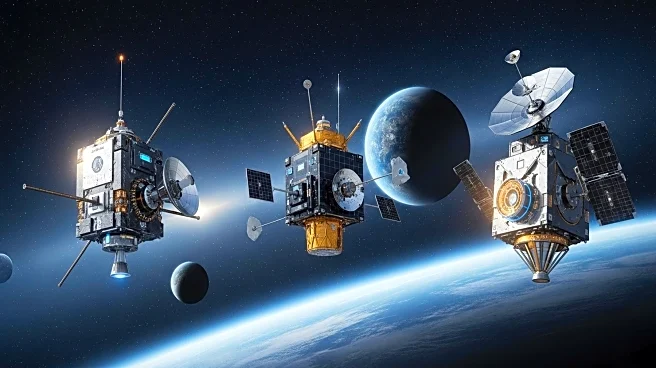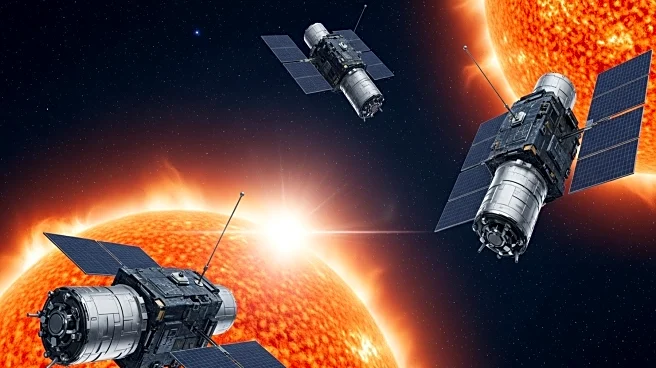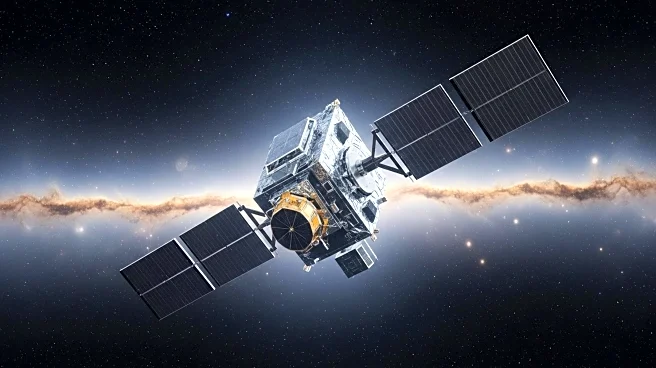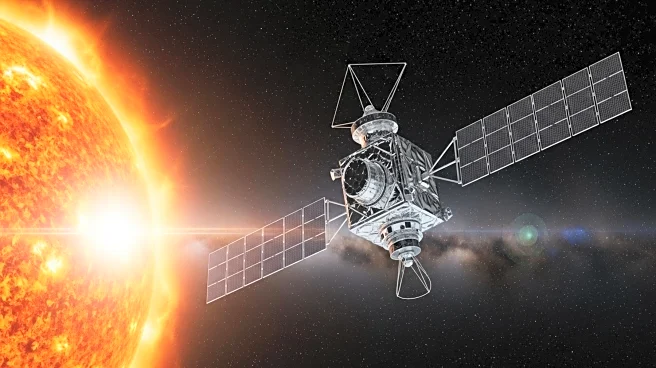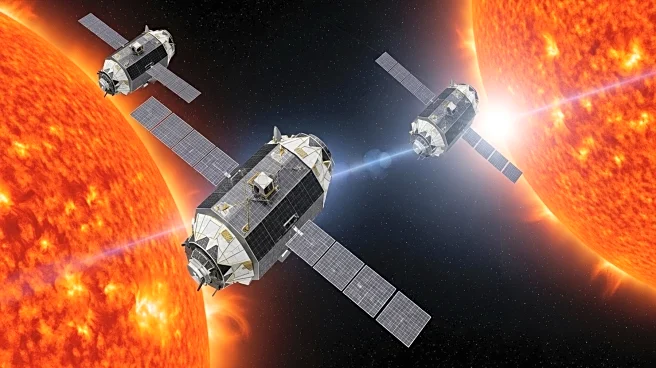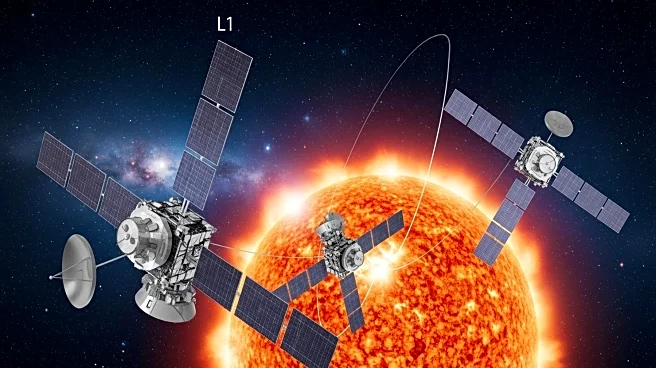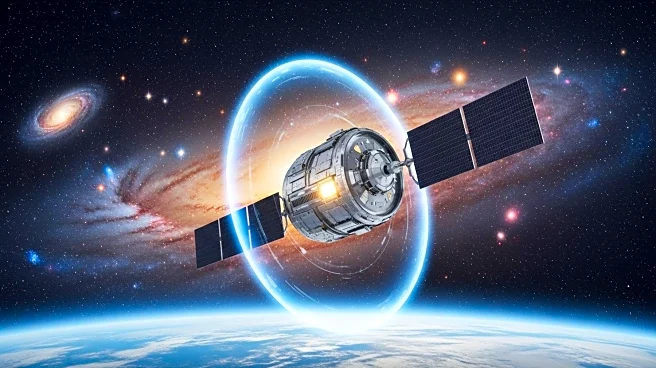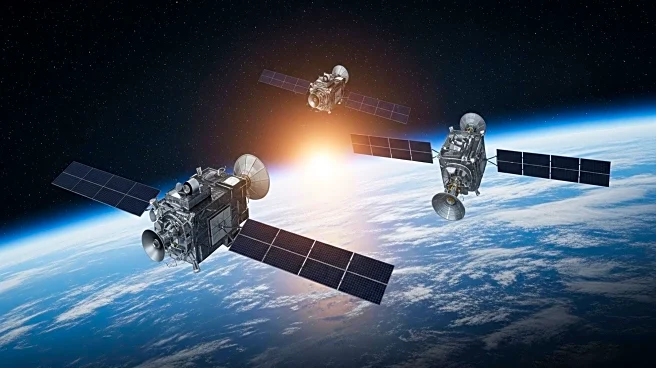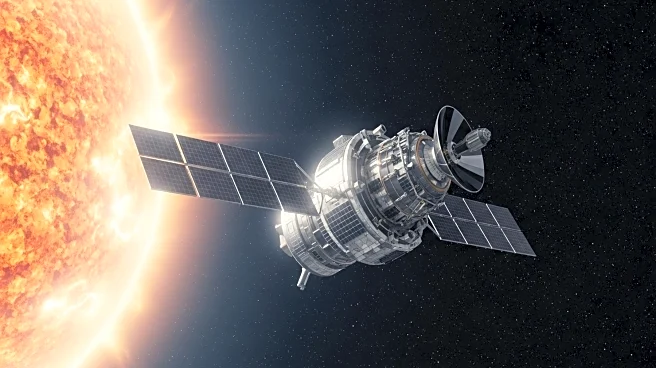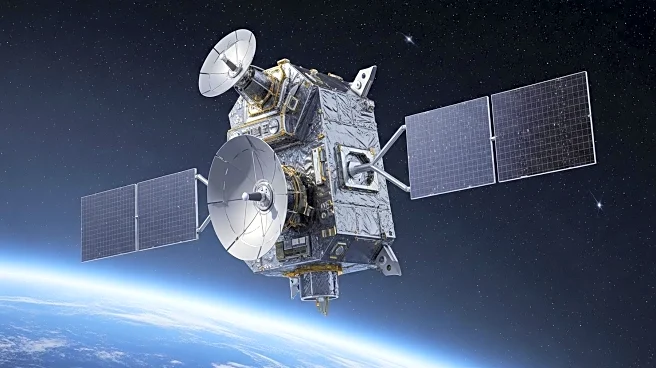What's Happening?
NASA is set to launch a series of space probes as part of the Interstellar Mapping and Acceleration Probe (IMAP) program to study the heliosphere, an invisible shield created by charged particles from the sun that protects the solar system. The mission involves three spacecraft that will track solar activity from a location called 'L1' in deep space, approximately 1 million miles from Earth. The probes aim to provide insights into how the heliosphere interacts with the interstellar medium and is affected by solar activity. The National Oceanic and Atmospheric Administration's new space weather satellite will offer real-time data and monitoring capabilities.
Why It's Important?
Understanding the heliosphere is crucial for predicting and mitigating the effects of solar storms on Earth. The data collected by the IMAP mission will enhance the ability to protect satellites and technology from solar radiation, which can disrupt communications and navigation systems. The insights gained from this study could lead to improved forecasting of space weather events, benefiting industries reliant on satellite technology and ensuring the safety of astronauts and equipment in space.
What's Next?
The IMAP mission will provide a 30-minute warning for solar storms, allowing for timely protective measures for satellites and technology on Earth. The collaboration between NASA and NOAA will continue to advance space weather monitoring capabilities, potentially leading to new technologies and strategies for managing the impact of solar activity. The findings from the mission may also contribute to future exploration efforts beyond the solar system.

